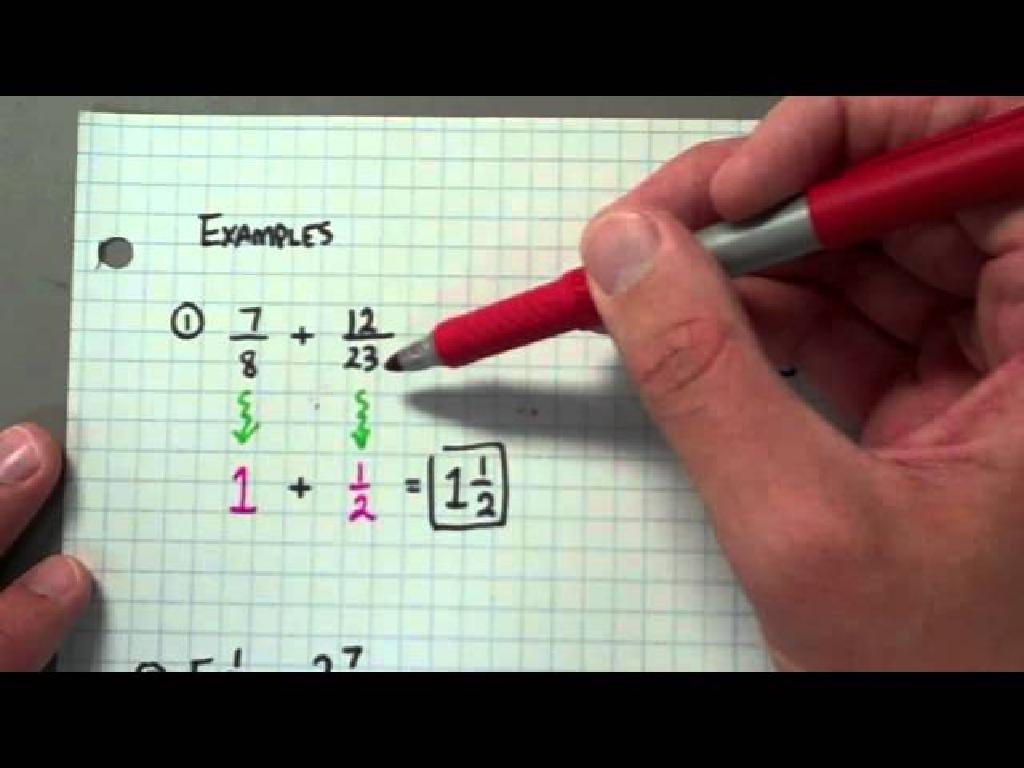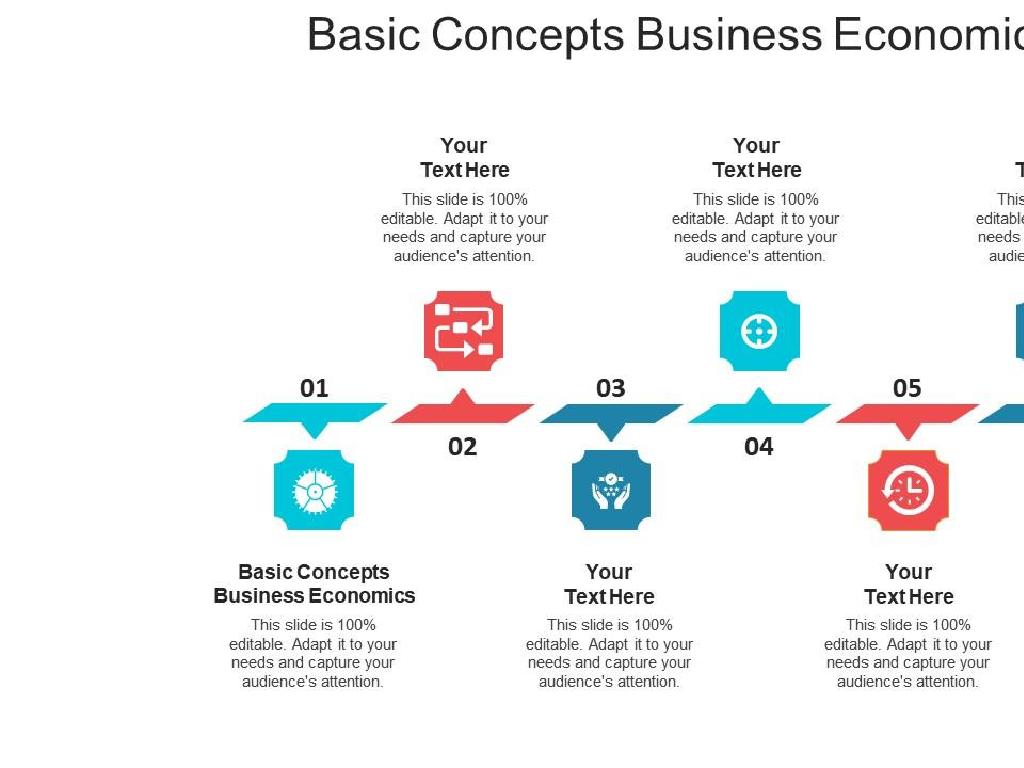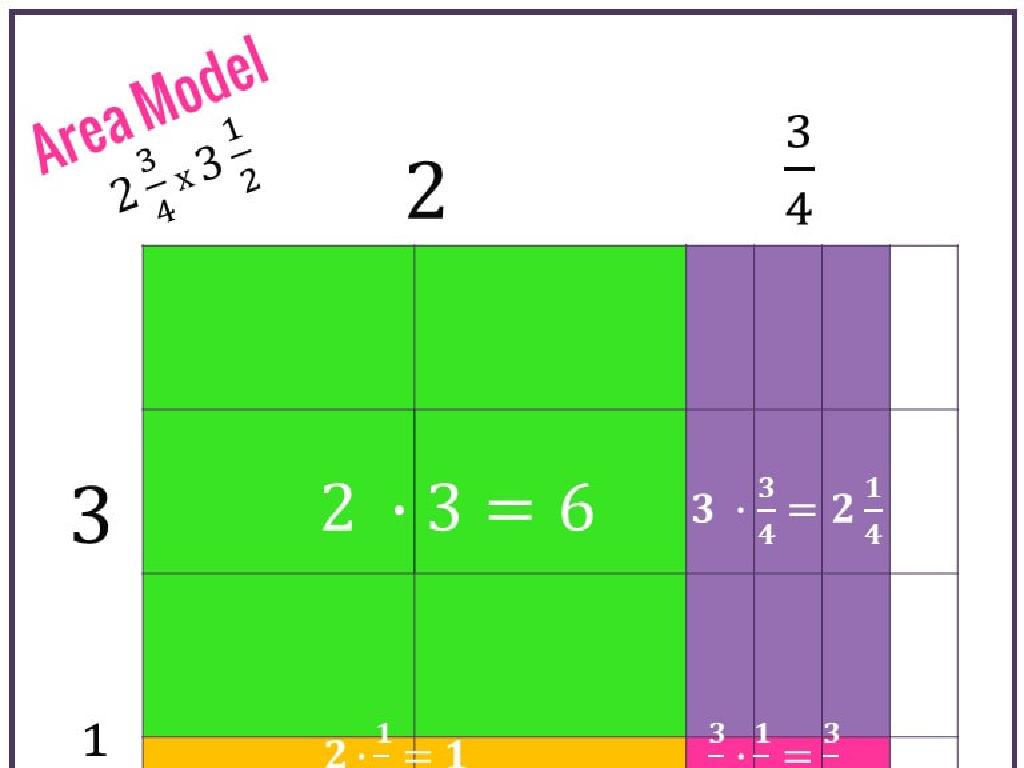Simple Past, Present, And Future Tense: Review
Subject: Language arts
Grade: Seventh grade
Topic: Verb Tense
Please LOG IN to download the presentation. Access is available to registered users only.
View More Content
Welcome to Verb Tenses!
– Understanding verb tenses
– Verb tenses indicate time of action
– Importance of verb tenses
– They provide clarity and meaning in communication
– Reviewing past, present, future
– Simple past: ‘I walked’, present: ‘I walk’, future: ‘I will walk’
– Applying tenses in writing
– Use correct tense to tell a clear story or give accurate information
|
This slide introduces the concept of verb tenses and their significance in language arts. Verb tenses are crucial because they tell us when an action takes place, adding clarity and precision to our communication. A quick review of what students already know about verbs will help refresh their memory. Emphasize the importance of using the correct tense to convey the right message, whether it’s something that happened in the past, is happening now, or will happen in the future. Provide examples and encourage students to think of their own sentences in different tenses. This will set the foundation for more in-depth practice and understanding of how tenses affect the meaning of sentences.
Exploring Verbs: Actions and States of Being
– Define a verb
– A verb is a word that expresses an action or a state of being.
– Verbs: actions or states
– Action verbs: run, jump, eat. State verbs: am, is, were.
– Sentence verb examples
– ‘She sings beautifully.’ (action) ‘He is a teacher.’ (state)
– Verbs in past, present, future
– ‘I walked’ (past), ‘I walk’ (present), ‘I will walk’ (future)
|
This slide introduces the concept of verbs to the students, defining them as words that describe actions or states of being. Emphasize the difference between action verbs, which show physical or mental actions, and state of being verbs, which express conditions or situations. Provide clear examples of verbs in sentences to illustrate their use in context. Also, touch on how verbs change form to indicate different times, such as past, present, and future tense. Encourage students to come up with their own examples and to identify verbs in different tenses from their reading or daily conversations.
Review: Simple Past Tense
– Define simple past tense
– Expresses completed actions in the past
– Regular verbs: add ‘-ed’
– For most verbs, just add ‘-ed’ to the base form
– Irregular verbs: unique forms
– These verbs don’t follow a set pattern
– Practice with examples
– ‘I walked to school’, ‘She thought about the question’
|
The simple past tense is used to talk about actions that were completed in the past. Regular verbs form the past tense by adding ‘-ed’ to the base form, such as ‘talk’ becoming ‘talked’. However, irregular verbs have various past forms that students must memorize, like ‘go’ becoming ‘went’. Provide students with a list of common irregular verbs and their past forms for reference. Use practice sentences to help students understand the correct usage of both regular and irregular verbs in the simple past tense. Encourage them to create their own sentences using verbs from both categories to reinforce their learning.
Simple Present Tense Review
– Define simple present tense
– Expresses daily routines or general truths
– Forming simple present tense
– Use base verb form, add ‘s’ or ‘es’ for he/she/it
– ‘s’ or ‘es’ with he/she/it
– ‘He runs’ vs. ‘They run’
– Practice with examples
– ‘She watches TV after school’ and ‘Birds fly south in winter’
|
The simple present tense is used to describe actions that are habitual or generally true. When forming the simple present, the base form of the verb is typically used. However, when the subject is he, she, or it, an ‘s’ or ‘es’ must be added to the verb. It’s crucial for students to understand this rule as it is a common source of mistakes. Provide examples such as ‘He runs every morning’ versus ‘They run every morning’ to illustrate the difference. Encourage students to create their own sentences using the simple present tense with a variety of subjects to reinforce their understanding and ensure they can apply the rule of adding ‘s’ or ‘es’ correctly.
Exploring Simple Future Tense
– Define simple future tense
– Expresses actions that will happen
– Use ‘will’ for future actions
– ‘I will learn to play the piano.’
– ‘Going to’ for planned events
– ‘I am going to start a project.’
– Practice with examples
– ‘She will travel to Spain. She is going to visit the museum.’
|
The simple future tense is used to describe actions that haven’t happened yet but will occur later. ‘Will’ is often used for spontaneous decisions or predictions, while ‘going to’ is used for actions we plan to do or when there’s evidence something will happen. Provide students with clear examples to differentiate the usage. Encourage them to create their own sentences using both ‘will’ and ‘going to’ to describe future events. This practice will help solidify their understanding of the simple future tense and its applications in writing and conversation.
Consistency in Tense: Maintaining Clarity in Writing
– Importance of tense consistency
– Keeps writing clear and avoids confusion
– Spotting tense shifts in texts
– Look for changes in verb forms that don’t match the time frame
– How to correct tense inconsistencies
– Revise sentences to match the intended tense throughout
– Practice with example paragraphs
– Analyze paragraphs and adjust tenses for consistency
|
This slide emphasizes the importance of maintaining the same tense throughout a piece of writing to ensure clarity and coherence. Students will learn how to identify when an author has shifted tenses inappropriately and practice correcting these shifts to improve their writing skills. By analyzing example paragraphs, students will apply their knowledge to ensure tense consistency. Encourage students to think about the time frame of the action they are describing and to choose verbs that accurately reflect this. During the practice activity, provide paragraphs with mixed tenses and guide students through the process of identifying and correcting inconsistencies.
Let’s Practice Tenses Together!
– Engage in an interactive activity
– Complete fill-in-the-blank exercise
– Use provided verbs to fill blanks in sentences
– Collaborate on a short story
– Work in groups to craft stories
– Utilize all verb tenses
– Ensure stories include past, present, and future tenses
|
This slide introduces an interactive class activity designed to reinforce the understanding of verb tenses. Begin with a fill-in-the-blank exercise where students will use a list of verbs in the correct tense to complete sentences. Then, divide the class into small groups and assign them to create short stories that incorporate past, present, and future tenses. This group work encourages collaboration and creativity while applying their knowledge of verb tenses. As a teacher, circulate the room to provide guidance and ensure each group understands the task. Possible activities: 1) Create a story about a character’s past, present, and future dreams. 2) Write about a historical event, its ongoing impact, and future implications. 3) Describe a day in the life of a student, including routine (present), a memorable past event, and aspirations for the future. 4) Invent a science fiction story that starts in the future, explains the past, and ends with the present.
Class Activity: Time Travel Story
– Collaboratively write a time travel story
– Each student adds one sentence
– Use the correct verb tense
– Past, present, or future tense, depending on the story part
– Ensure the story’s time flow is logical
– Does the story move smoothly from one time to another?
|
This interactive class activity is designed to reinforce the understanding of verb tenses by creating a collaborative story with a time travel theme. Each student will contribute to the story by adding a sentence in the appropriate tense. It’s crucial that the sentences make sense in the sequence and maintain the flow of time within the story. As the teacher, guide the students to use past tense for events that have already happened, present tense for current actions, and future tense for events that will occur. Monitor the progression of the story to ensure that the tenses are used correctly and that the narrative remains coherent. Possible variations of the activity could include focusing on specific transitions between tenses, such as past to future or present to past, to challenge students further.
Homework Assignment: Mastering Verb Tenses
– Recap last weekend in past tense
– Write a paragraph about what you did last weekend.
– Describe your daily routine in present tense
– Use present tense verbs to detail your day-to-day activities.
– Share next holiday plans in future tense
– Use future tense verbs to tell us about your upcoming holiday plans.
– Reflect on tense usage
|
This homework assignment is designed to reinforce the students’ understanding of verb tenses. By writing about their past weekend, students will practice using the simple past tense, which is used for actions that were completed in the past. Describing their daily routine will require the present tense, which is used for habitual or ongoing actions. Writing about their future holiday plans will give them the opportunity to use the future tense, which indicates actions that have not yet occurred. Encourage students to be mindful of the time cues and verb forms that are unique to each tense. This exercise will also help them to differentiate between the tenses in a practical context. In the next class, students can share their work, providing an opportunity for peer learning and further discussion on verb tenses.
Wrapping Up: Verb Tenses
– Recap of verb tense lesson
– Significance of correct tense usage
– Using the right tense clarifies the time of action
– Encourage home practice
– Try writing sentences in different tenses
– Preview next class topic
– We’ll explore ‘Perfect Tenses’ next class
|
As we conclude today’s lesson, it’s crucial to review the key points about simple past, present, and future tenses. Emphasize the importance of using the correct tense to convey the timing of actions accurately. Encourage students to practice by writing sentences in different tenses at home, which will help solidify their understanding. Give them a heads-up that in the next class, we will delve into the ‘Perfect Tenses,’ which build on their knowledge of basic verb tenses. This preparation will help students transition smoothly into the upcoming lesson.






